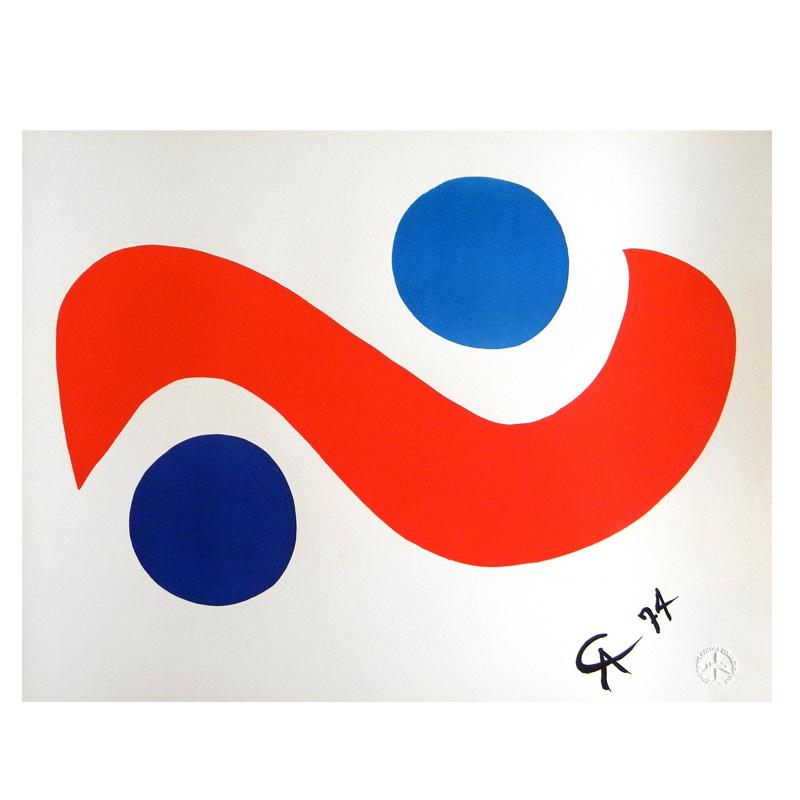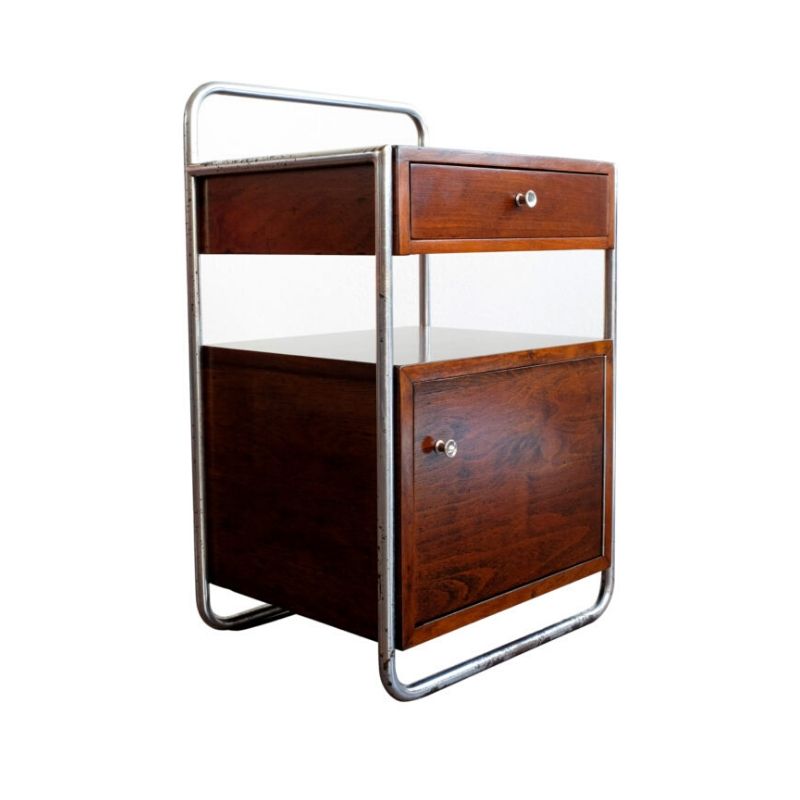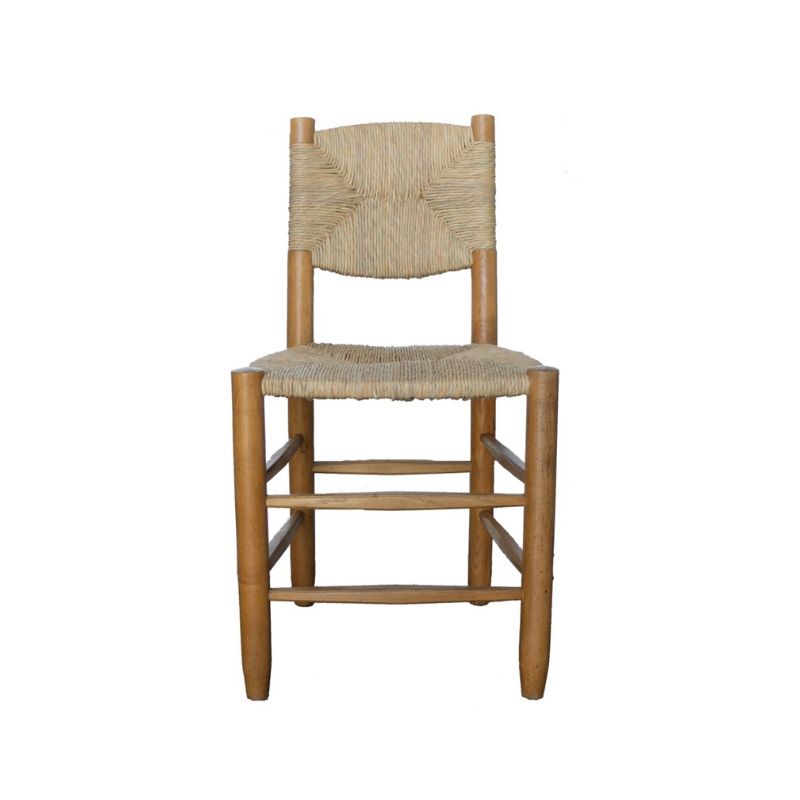Myth
Sounds like a myth. The plys are arranged at right angles to one another which highlight the difference in grain - except for the four outer plys, which at a glance look like on thick ply. If a layperson were to glance at the wood they would see light, dark, light, dark light - five.
5 ply shells
I've never noticed a difference between the lounge chair plies. Mine (1976 production) has 5 inner plies, plus the rosewood face plies, for a total of 7. However, the rosewood plies are so thin that they are nearly imperceptible when examining the edges of the chair. Maybe that's the source of confusion.
Where there definitely has been a change is in the DCM / LCM / DCW / LCW line of chairs. The older ones do indeed have a total of 5 plies, which includes the face plies.The chairs are also much thinner than newer production. This means they also flex a lot more, adjusting and conforming to the user, which makes them surprisingly comfortable to sit in. The newer chairs are too rigid, and can't match the comfort of the early ones.
To make matters worse, the geometry of the DCM frame, specifically, has shifted over the years. The seat pan is pitched forward several degrees. To me, the new angle feels a bit awkward.
On the positive side of things, HM have finally stopped adding the nasty "assurance weld" to the frame. Sometime in the 90s, they decided that the elegant resistance weld that had been successfully used for so many years was no longer enough to keep the lawyers at bay, and added a hideous blob of tack weld to either side of each resistance weld. Thankfully, it disappeared again about 5 years ago.
The central spine
of the DCW/LCW originally had wedge-shaped inner plies which thickened the piece somewhere between its upper and lower portions -- a rather elegant response to increased bending moment, presumably. Photos of the newer production reveal that this refinement has been eliminated. The stockholders speak, again ?
I am distressed to hear that the seating angle has been changed on one of these chairs -- and not for the better, apparently. Why would they do that ? "Market research" ? Ugh.
Ridiculous
I find it a ridiculous assertion that the old chairs were somehow more pliable and flexed to the users body. I've got a 1946 DCM and it feels exactly the same as any later production I've sat in. As to the pitch, that too feels the same - although I've yet to drag my chairs next to each other and find out.
Not so ridiculous
Okay... I go out the dial caliper, and took some measurements (to the nearest .005").
Both my early LCW and LCM have seat pans with a thickness of 0.385". My recent production LCW has a seat pan thickness of 0.445". That's a 13.5% difference in thickness.
I can also tell you that the difference in flex is significant. The older chairs are very springy. This is a bit less scientific, but by pressing down on the rear corner of the seat pans, I can deflect the older LCM and LCW about an inch. I can only deflect the newer one about 3/8"
My early DCMs are even more springy. I can deflect the rear corner over 1-1/2". Actually, it could flex even further, but I stopped there, not wanting to risk damage to the chair. These are of the "boot" style foot era. Lucifer, maybe you can tell me the date range for them. I currently don't own any newer DCMs. However, I first noticed these differences a few years ago, when I did have both older and newer chairs.
The difference in geometry was enough that I asked a friend who works for the frame manufacturer (the supplier to HM) about it. He saw the old / new chairs at my house, and agreed that there was a different geometry. He wasn't sure about exactly when and how the changes were made, but acknowledged that the jigs (which he claimed were the originals from '46) were in an advanced state of deterioration, and that it was compromising certain dimensions. Specifically, they were having to cut the spine at a sharper angle, because it was hitting the underside of the seat pan.
It does appear
That the newer (2006) plys are much thicker compared to the Evans plys (1946) which indeed consist of only 5 layers, including the veneers. The layers between the veneer and the core layers are quite thick.
But I don't think that has anything to do with flexibility. I think your flexibility is more a matter of the shock-mounts. My Evans chair flexes the slightest bit when subjected to Poach's corner-press. About 1/3-1/2". Actually holding the seat pan with both hands and attempting to flex the wood itself yielded only millimeters variance. The same held true for the 2006 LCW.
As for pitch - the Evans chair measures 15 5/8" from the floor to the top of the lowest point on the seat-pan. The new production measures exactly 15" - meaning that the pitch actually has moved deeper, not forward. (which I often hear people complaining that the seat was too low for dining - one reason why I swapped out the DCMs at my dining table.)
Variations
Luc,
You're 15-5/8" to the top of the low point? Wow, mine are 15" even. That's a huge difference. Maybe the foot style is influencing it. My DCMs (and LCM) are of the "boot" style. Also, the angle is a function of the difference between high and low points. The highest point of my seat pans is 17", so a 2" drop. How does that compare to yours?
Re: flex, much of the deflection is, as you inferred, a twisting of the wood over the center shock mount. As I push down on one rear corner, the other one rises. However, this is not a simple rocking action across the spine. The front edge of the chair remains stationary; so all this movement is the wood actually flexing, but doing so across a continuum of multiple axes, from diagonal to parallel with the spine. If, on the other hand, you press on both rear corners, 1)you cut in half the force going into each corner (assuming it's still just one person pressing on it), and 2) the half forces are countering each other across the spine axis.
But leave the physics aside...and let your butt be the judge.
When I sit in the older chairs and shift my weight left and right, the seat pan deflects both visibly and perceptibly. I can watch it move, and it feels very springy under me. The newer chairs don't.
Specious Reasoning
Your physics is flawed. You're forgetting that there are 3 shockmounts under the chair. In order for the wood to flex a)it would need to be more pliable than the rubber or b) the rubber would need to be compressed so fully that it became more rigid than the wood.
When you apply pressure to the back corner you are: torquing the back shockmount on the rail; slightly compressing the forward mount on the same side on which you are pressing; and you are extending the front mount on the opposite side. This is going to give you much more flex, no matter what, but especially if the rubber is old or loose on the mounts being torqued & extended - as it would be on a well used older chair.
When you press on both back corners you are not torquing anything, and you are causing all mounts to be compressed downward - onto an unyielding steel frame. The movement will be significantly less.
And you stated that the pitch on the frames was different - not the pitch on the seats. I'll do more measuring there when I get home.
If you need any help, please contact us at – info@designaddict.com









